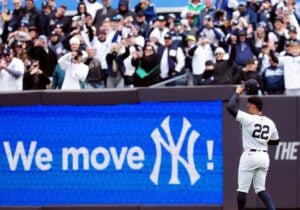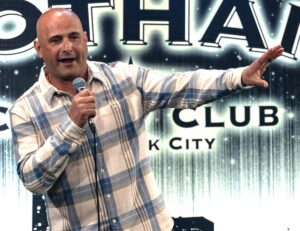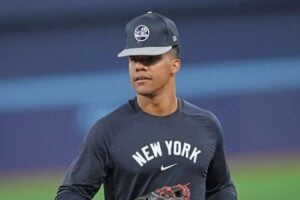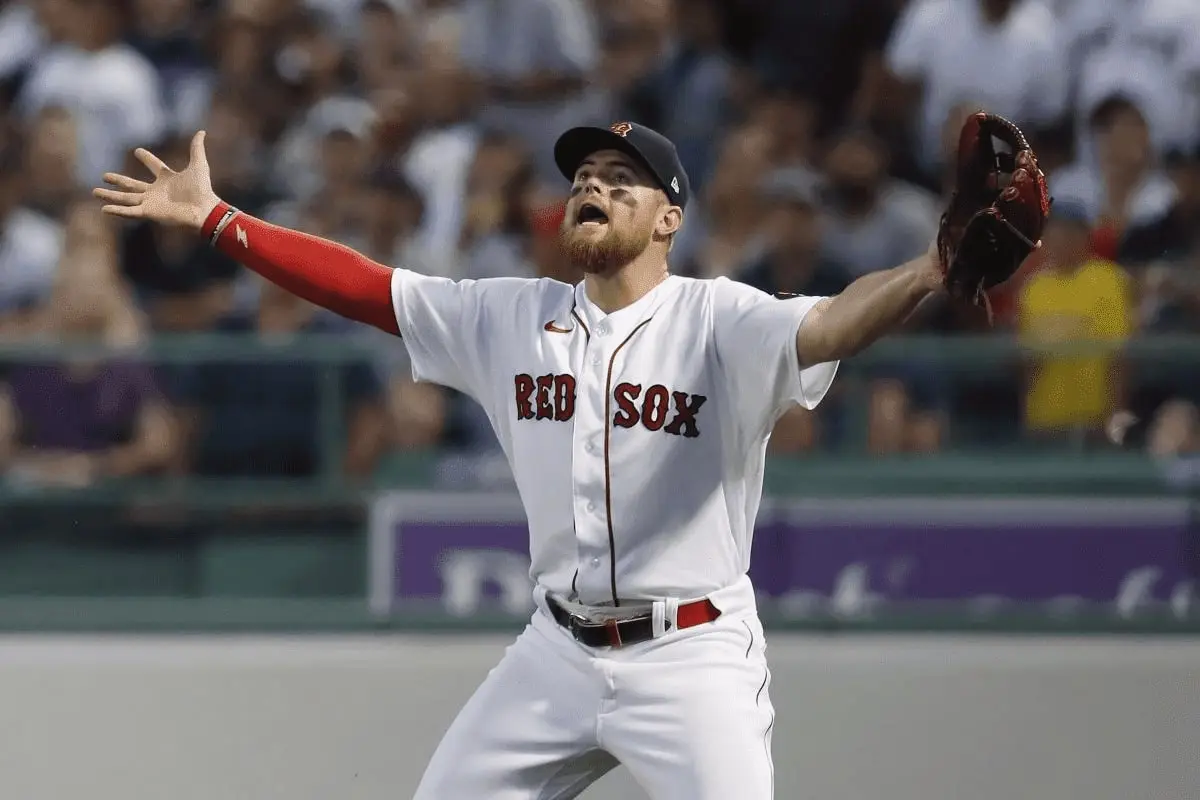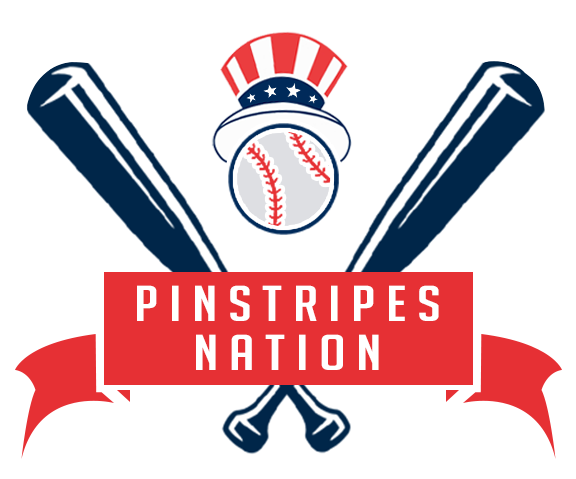Harvard group finds high payroll makes Yankees less competitive

Inna Zeyger
More Stories By Inna Zeyger
- Mother’s Day: How Anthony Volpe’s mom molded him into a Yankee phenom
- Only mint Stahl-Meyer Mickey Mantle back on sale for the first time since 1988
- Yankees fanbase captivates Juan Soto, Judge bets on it to sway FA decision
- 2024 draft: Yankees pick six more arms, including a flame-throwing reliever
- Yankees booth experiment: Craig Carton to team up with Suzyn Waldman
- October 6, 2023
- 7:04 am
- No Comments
Table of Contents
In 2023, the New York Yankees invested a staggering $278 million only to witness their worst season in recent memory. This dismal outcome has forced Yankees management into the unenviable task of reversing what could be deemed one of the costliest failures in contemporary sports history. For an organization historically entrenched in the belief that financial might can secure star talent and success, this situation is undeniably disconcerting.
Over the years, major-market teams have routinely outspent their smaller counterparts to acquire top-tier talent, often reaping the rewards in the form of championships. However, this season has challenged that conventional wisdom. Notably, the three highest-spending franchises—the New York Mets, Yankees, and San Diego Padres—found themselves on the outside looking in when it came to the postseason. Various factors, including injuries, team dynamics, and individual performance declines, have raised questions about whether cutting substantial paychecks guarantees success.
This prompts a critical inquiry: could these issues indicate a systematic flaw in how the Yankees and similar teams structure their financial commitments? General managers employ data analysts to meticulously dissect statistical nuances in pursuit of on-field improvement and bolstered win-loss records. Therefore, it’s plausible that either these teams haven’t tasked their statisticians with investigating this matter, or they have, but the findings have been inconclusive.
This pattern isn’t entirely unexpected. Within the historically conservative realm of baseball, it has often been the role of amateurs and outsiders, rather than industry professionals, to introduce innovative insights and analytical approaches to the game. Interestingly, history appears to be repeating itself once again and their findings are true for the Yankees’ present problems.
Researchers find big spenders like Yankees lacking success

In February, the Harvard Sports Analysis Collective (HSAC), a diverse group comprising undergraduates, graduate students, and faculty members, conducted an analysis indicating that baseball teams, such as the Yankees, concentrating their payroll on just a few high-earning players are inadvertently diminishing their competitiveness. This revelation holds significant implications for the operational strategies of big spenders like the Yankees.
HSAC employed the Herfindahl-Hirschman Index, a well-established tool for evaluating market concentration within various industries (commonly used in antitrust investigations). HSAC’s adaptation of this index ranges from a low score of .025, reflecting a baseball team where all players receive equal salaries, to a score of 1, which represents a team where a single player commands the entire payroll, leaving nothing for the rest of the team.
HSAC conducted an extensive analysis encompassing the Yankees and other MLB teams during the period spanning 2011 to 2022, resulting in some compelling findings. As Ben Meron, a recent HSAC graduate involved in the analysis, points out, “Teams that are top-heavy tend to have worse winning percentages.”
The highest Herfindahl-Hirschman Index (HHI) score in the dataset, registering at .131, was attributed to the 2016 Arizona Diamondbacks, a team that ended the season with a losing record. The reason behind this outcome was their allocation of approximately one-third of their payroll to a single pitcher, Zach Greinke, who faced injuries, missed games, and never regained his superstar performance level. With such a significant portion of their payroll invested in Greinke, the Diamondbacks lacked the depth and additional star power needed to compensate for his absence.
Yankees’ money contributes to their undoing
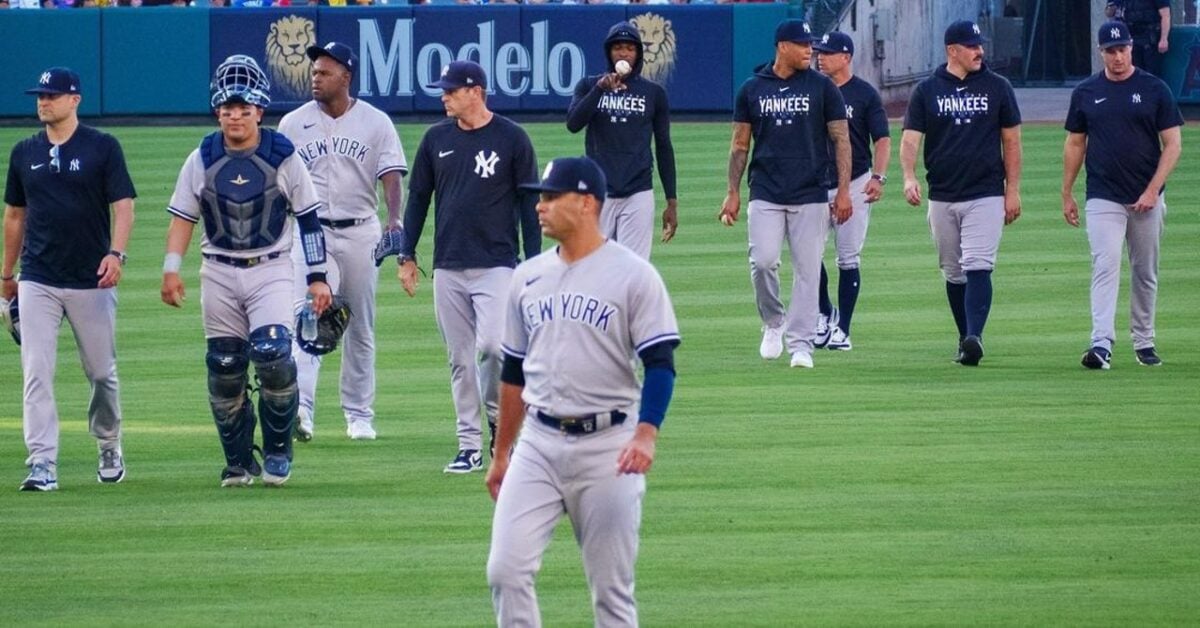
A similar narrative unfolds with the 2023 New York Yankees. Aaron Judge, drawing a base salary of $40 million, and four other players collectively commanded over half of the total salary disbursed to the 40-man roster. Judge sustained an injury during the season, and several other players underperformed compared to expectations. According to Meron’s analysis, the Yankees’ HHI for 2023 stood at .0784, marking it as 16.6% above the league average for the period spanning 2011 to 2022. The result was a Yankees team that barely managed to achieve a winning record.
Indeed, while the Herfindahl-Hirschman Index (HHI) cannot solely account for a disappointing season, it provides valuable insights into whether a roster, built around a superstar player, possesses the balance and resilience needed to thrive in their absence. In the case of the New York Yankees, had Aaron Judge remained healthy throughout the season, the impact of their HHI might have been diminished. However, HHI serves as a tool to evaluate the overall composition of a roster and its ability to withstand such challenges.
What’s most significant about HHI is that it introduces an alternative approach to roster construction. The Atlanta Braves offer an illustrative case study in this regard. In recent years, the Braves have chosen to forego bidding wars for free agent superstars and, instead, have invested in young players they scouted and developed, securing them with long-term contracts early in their careers before their value escalates significantly. While this strategy does come at a cost, such as the six-year, $75 million deal signed by emerging superstar Spencer Strider, it has the advantage of spreading salaries across the roster and preventing payroll from becoming top-heavy. This approach appears to be paying off, as evidenced by the Braves’ 2023 HHI score of .0611, which is 9.08% below the league average for all MLB teams from 2011 to 2022. Notably, the Braves also boast the best record in baseball, as highlighted by HSAC’s Meron.
Yankees need a rethink and rebuilding
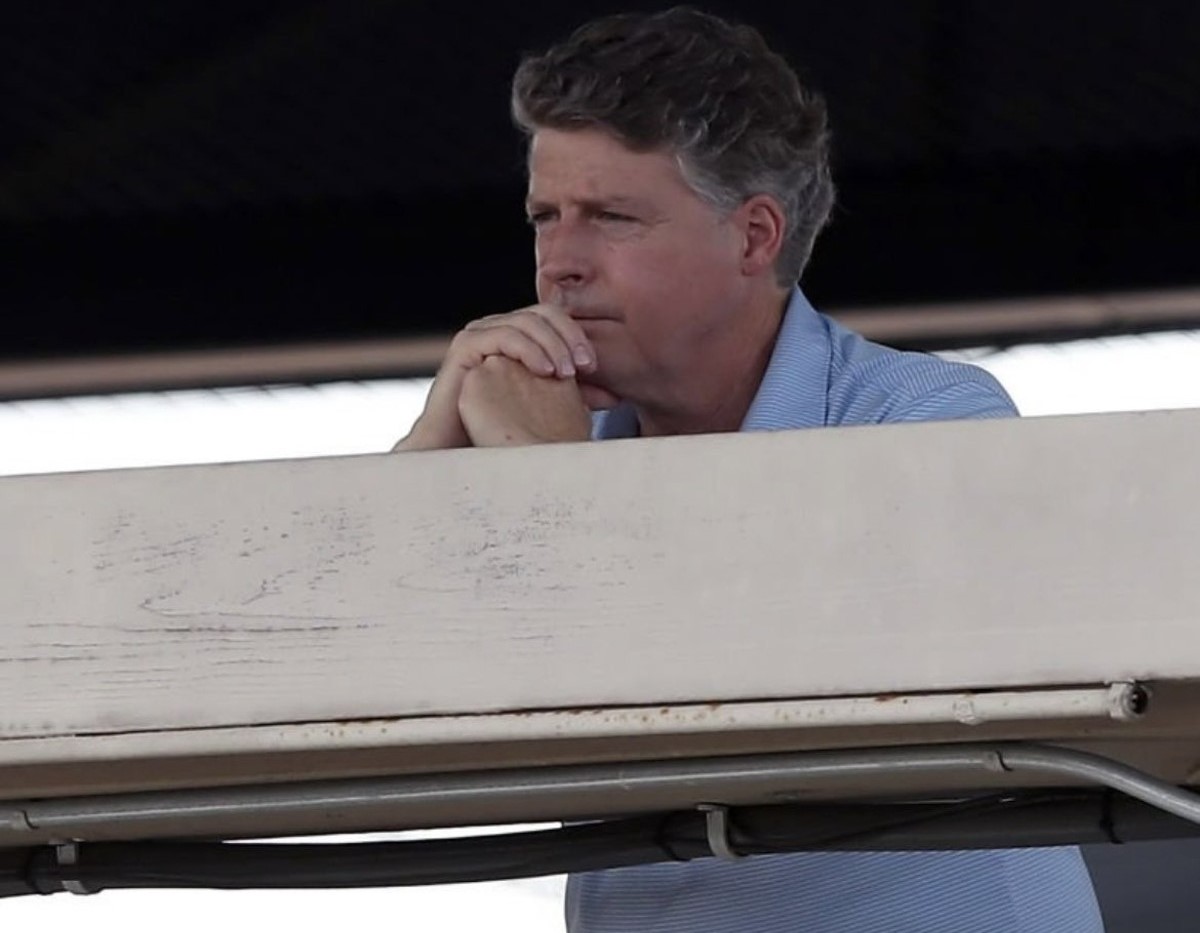
The Yankees cannot undergo a swift transformation into a team resembling the Braves, even if they aspire to do so. They are bound by existing contracts that have years remaining (Aaron Judge, for instance, is committed for another eight years under his $360 million contract). Nevertheless, they have the opportunity to steer clear of costly free-agent bidding wars and shift their focus toward increased investment in scouting, player development, and the early signing of promising young talents. While this approach may be more challenging than pursuing established stars like Shohei Ohtani during the offseason, it has the potential to construct a more resilient team capable of weathering the loss or decline of one or more superstar players.
This doesn’t imply that the Yankees need to reduce their payroll. The Herfindahl-Hirschman Index (HHI) doesn’t gauge the total expenditure but rather how that expenditure is distributed among players. Consequently, the Yankees could use their financial resources to excel in negotiations for less high-profile players who play essential roles in achieving a balanced roster. This approach could pave the way for sustainable, prolonged success, benefiting both fans and most players on the team.
What do you think? Leave your comment below.
- Categories: aaron judge, New York Yankees, Yankees salary
- Tags: aaron judge, New York Yankees, Yankees salary
Related posts:

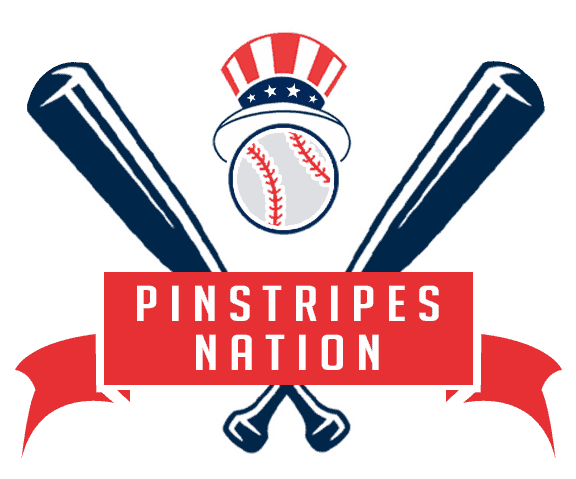
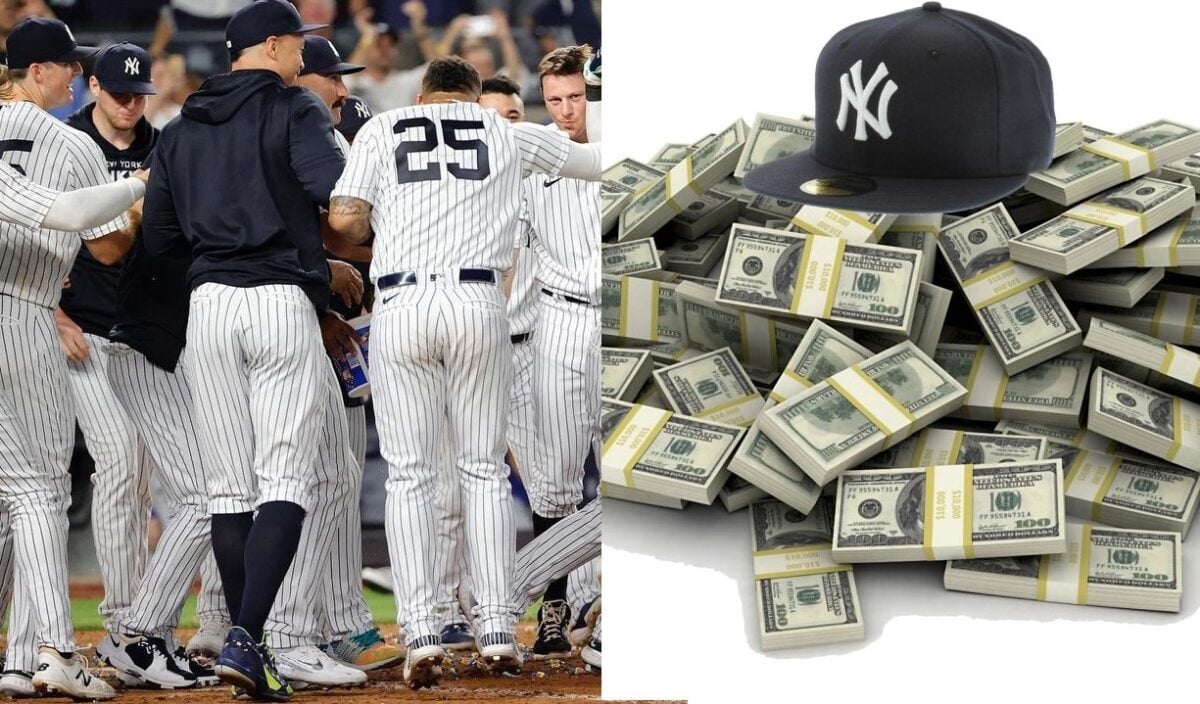
 Follow Us
Follow Us